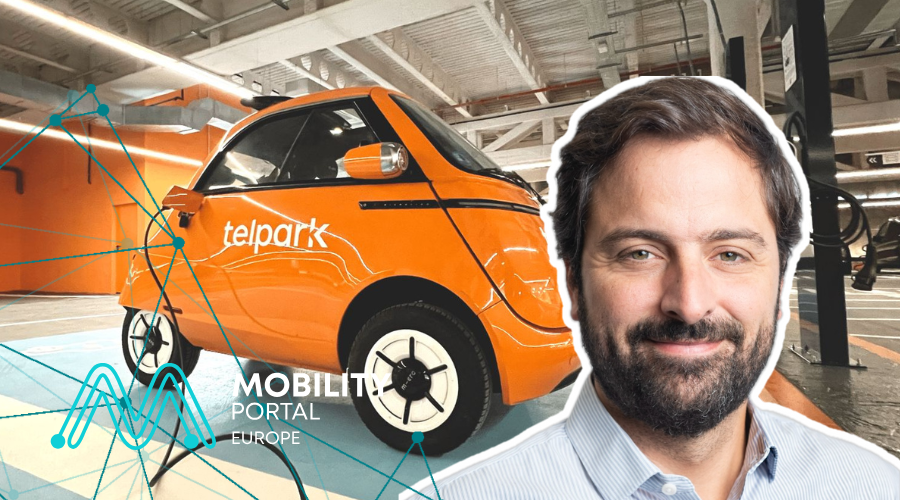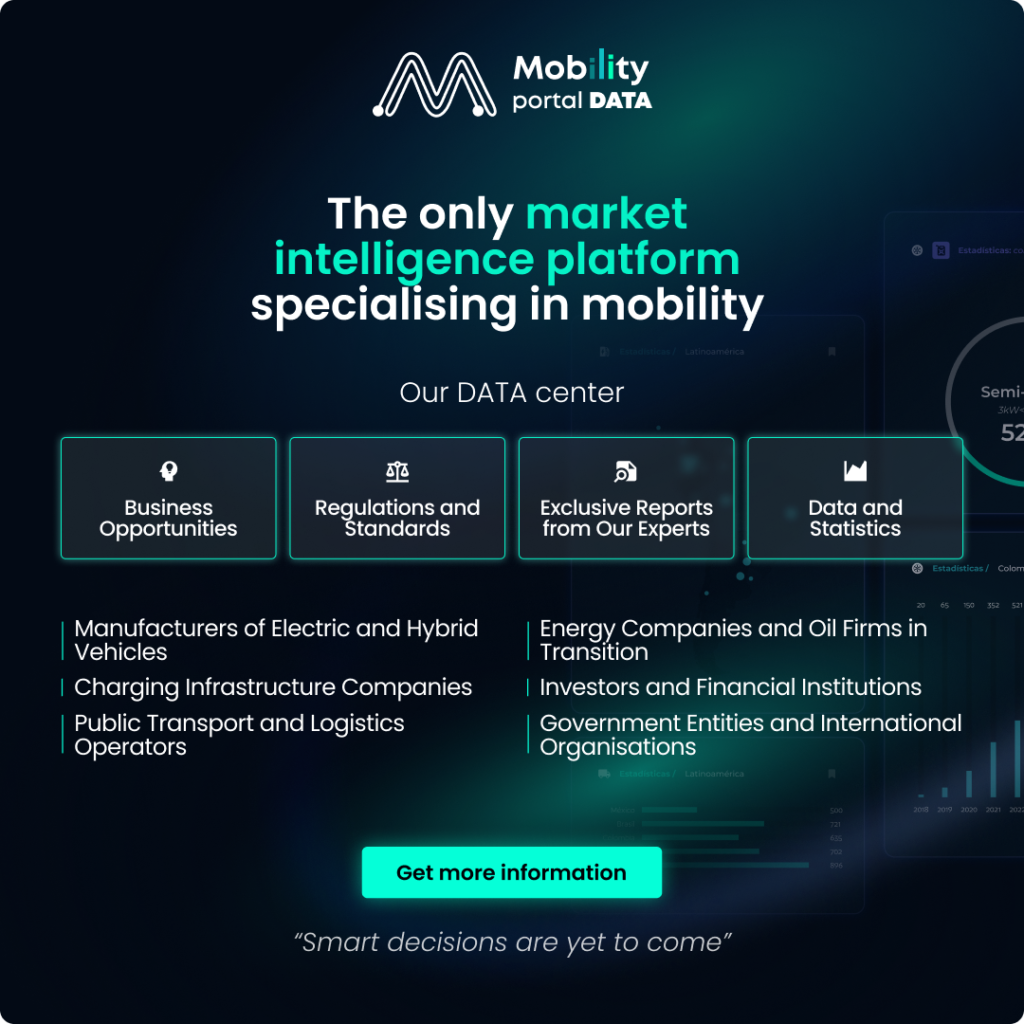The development of electromobility in Spain faces the challenge of combining infrastructure volume with usage efficiency.
In this context, Empark —which operates under the commercial brand Telpark— is betting on an integrated model that prioritises installed power, operational intelligence, and proximity to the user through strategic inner-city locations.
One of its most ambitious projects to date is located in the Plaza del Carmen car park, in the heart of Madrid, which has been transformed into a next-generation urban mobility hub.

There, the company has deployed 39 charging points, including fast chargers, supported by a dedicated transformation centre.
“In our urban hubs we have already installed up to 1,500 kW of power,” highlights José María García-Hoz, General Manager of Electric Vehicles at Telpark, in conversation with Mobility Portal Europe.
The Plaza del Carmen site marks a qualitative leap in charging infrastructure.
It’s no longer just about delivering energy, but about creating an efficient operational and logistical environment for various actors in the urban ecosystem.
“The major challenge with these hubs is twofold: on one hand, the infrastructure, which requires complex civil works; on the other, the municipal tenders. In this case, the City Council backed a modern model, and that was key,” García-Hoz explains.
Beyond the energy component, the hub is prepared to serve logistics fleets, car-sharing services, rental vehicles and private users.
This approach helps optimise space occupancy, improve rotation rates, and ensure a high usage ratio, while encouraging more flexible and accessible mobility solutions for users.
“We want to be the operator with the highest utilisation rate in Iberia by 2025”
Telpark has so far installed over 1,100 chargers, nearly 1,000 of which are already operational.
However, the company stresses that mass deployment is not the goal—efficient use of each charger is.
“We want to be the operator with the highest utilisation rate in Iberia by 2025,” García-Hoz affirms. “There’s no point in installing chargers that won’t be used. We focus on locations with real traffic and clear demand.”

The company’s strategy is based on three core pillars:
• Established urban presence, with activity in nearly 150 cities across Spain and Portugal.
• Interoperable technology and centralised management systems via its mobile app.
• User support, with on-site staff trained to assist during the charging process.
This final point is key to Telpark’s value proposition:
“Our staff at the car parks are trained to assist EV users. That doesn’t happen at public roadside chargers. Customer experience is key,” he adds.
Usage ratios: the new frontier for eMobility charging
Operational efficiency is already becoming evident in the numbers.
According to García-Hoz, the top-performing car parks in Spain achieve one charge every two days per charger, while in Portugal the average climbs to 1.5 charges per day.
This performance is directly linked to the strategic distribution of the deployment—locations such as hospitals, business centres, transport nodes, and high-turnover areas.
“There are many public chargers that go unused because no one needs them. In our case, the data tells a different story. Usage is the most important success metric,” he states.
Telpark also benefits from a large user base, with more than 5.3 million registered users on its app, which offers services like Express Entry, Multipass, Metered Parking, and Reservations.
Within this app, the company has integrated its Electric Vehicle platform, enabling users to search for and activate charging points in their city.
“We don’t deploy for the sake of it: the focus is on utilisation”
That phrase sums up the company’s entire expansion philosophy.
Telpark cross-references location data, dwell time, schedules and user profiles to prioritise the most promising locations before installing a new charger.
“We don’t deploy for the sake of it: the focus is on utilisation,” reiterates García-Hoz. “With our user base, we have the capacity to convert parking customers into EV charging customers. And we do it efficiently.”
This logic also applies to fleet services, a segment the company considers strategic.

In several car parks, Telpark already functions as a logistics base for companies like Uber, Bolt and WiBLE, offering fast charging, waiting areas, and internal offices.
Capillary charging is also gaining relevance:
“If a driver finishes a service with 30% battery, they can drop into one of our car parks, charge for 10 minutes, and keep working. That kind of availability, in the city centre, makes a real difference.”
Toward an integrated mobility ecosystem
Telpark now operates as much more than a parking operator.
Its infrastructure combines 100% renewable energy, smart storage —in partnership with Ampere Energy—, solar integration in select locations, and a hybrid service model: digital + on-site.
By 2025, the company plans to expand its “Telpark Business” corporate solution, integrating parking, charging, and regulated parking into a single platform, with both corporate and individual payment options.
“The car park of the future is an energy and logistics node. It’s no longer just about parking, but about connecting with the city’s mobility,” García-Hoz concludes.








